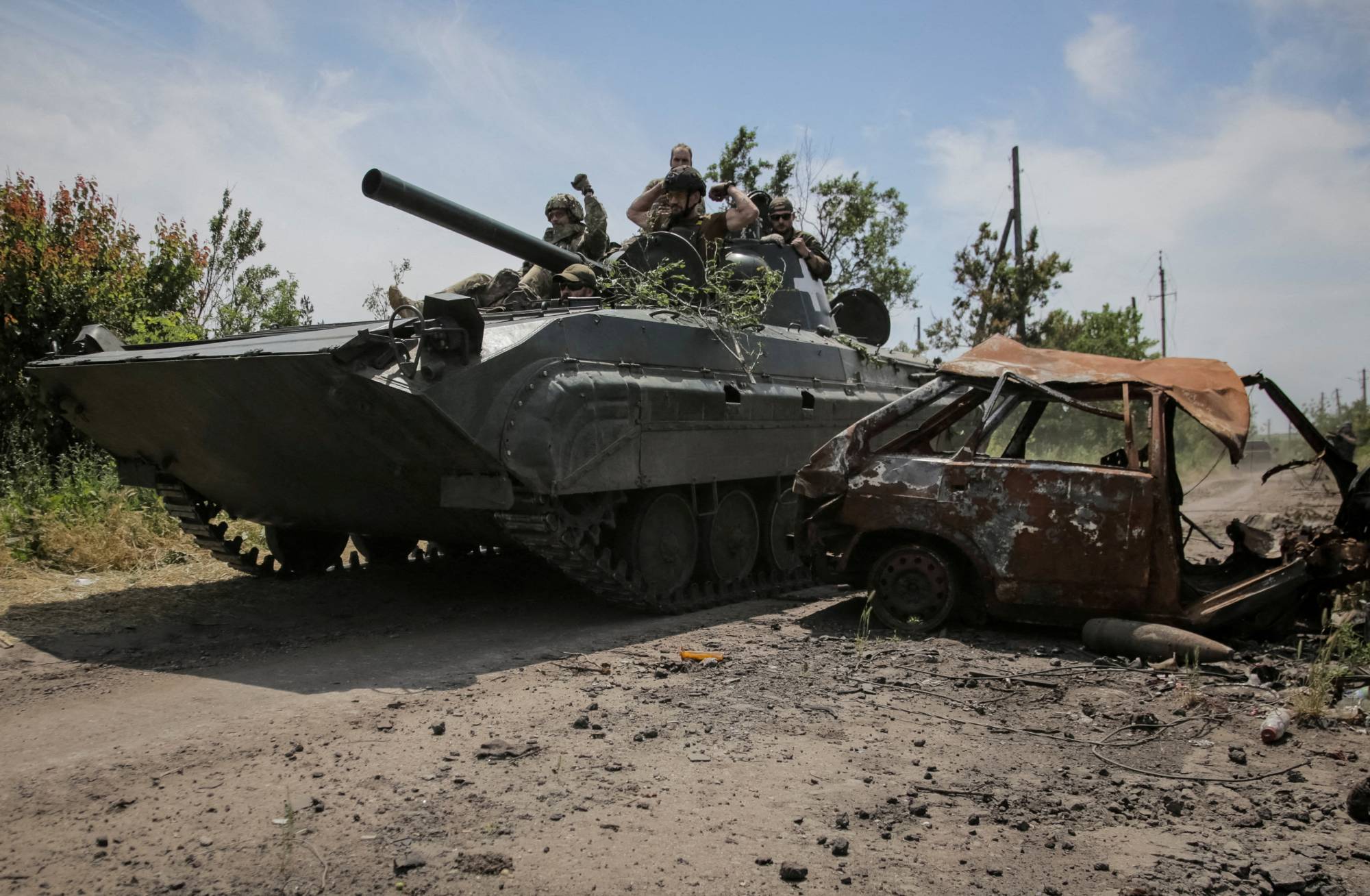Nearly a week after the Ukrainian counteroffensive began in earnest, the Russian defenses are largely holding, and it’s clear that the Ukrainian military cannot count on another rapid, sweeping success akin to last fall’s Kharkiv region offensive, which saw up to 12,000 square kilometers of territory liberated.
This doesn’t mean the counteroffensive is failing or even faltering: Ukrainians have made clear tactical gains on at least one of the attack axes, and they may be helped in the future by the collapse of the Kakhovka hydroelectric plant’s dam as the Dnipro becomes shallower and easier to cross upstream from the flood zone. The lack of unity among Russian commanders is another potential success factor.
But now is still a good time to recall the assertion of some military theorists that modern technology has shifted the offense-defense balance in favor of defense. This school of thought provides a ready explanation for Ukraine’s surprising success at repelling the Russian invasion, but also suggests that the much-ridiculed Russian troops may have a natural advantage as they face the current Ukrainian onslaught.



















With your current subscription plan you can comment on stories. However, before writing your first comment, please create a display name in the Profile section of your subscriber account page.